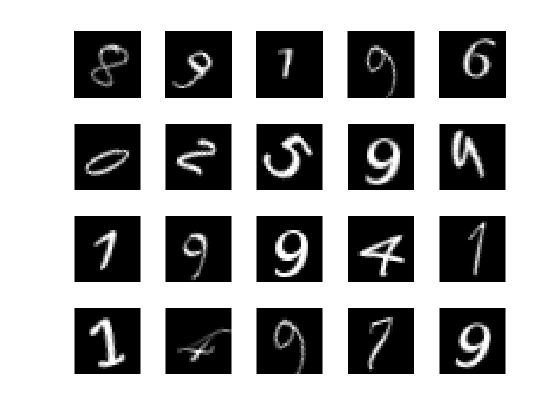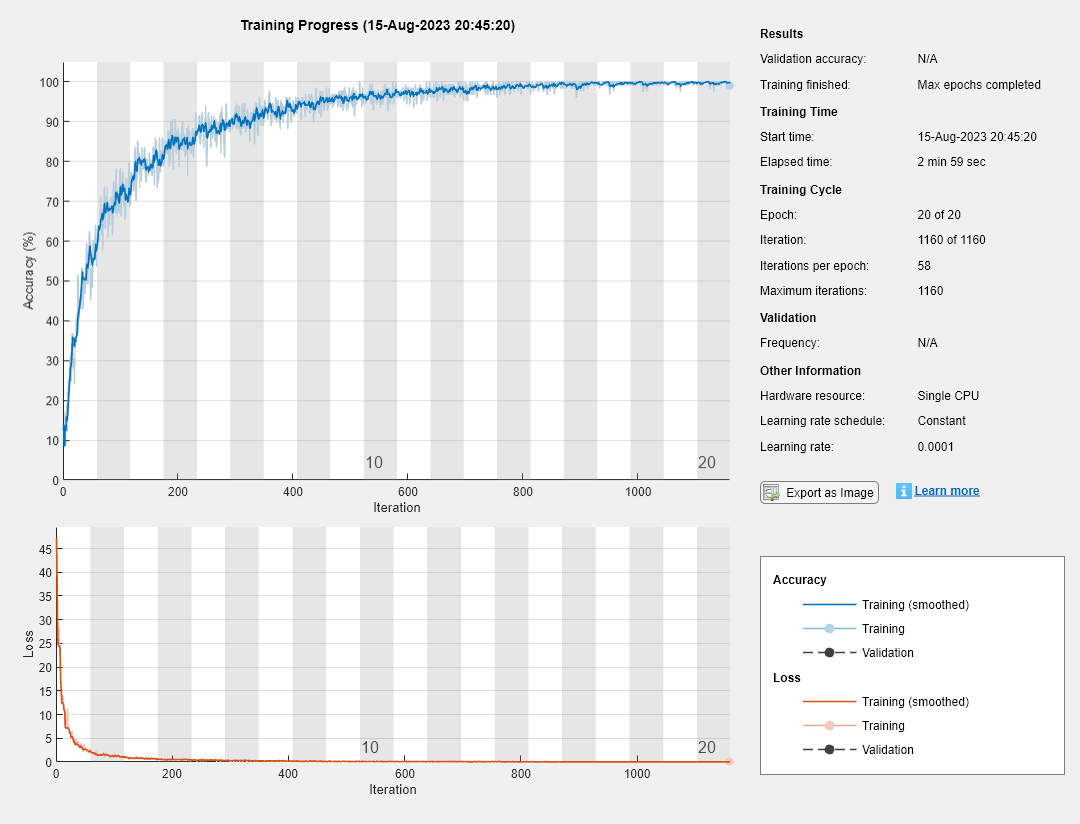SeriesNetwork
(권장되지 않음) 딥러닝을 위한 시리즈 신경망
설명
시리즈 신경망은 계층이 하나씩 차례대로 연결된 것으로 딥러닝을 위한 신경망입니다. 시리즈 신경망은 하나의 입력 계층과 하나의 출력 계층을 갖습니다.
생성
SeriesNetwork 객체를 만드는 방법에는 여러 가지가 있습니다.
trainNetwork를 사용하여 신경망을 훈련시키거나 미세 조정합니다. 예제는 영상 분류를 위해 신경망 훈련시키기 항목을 참조하십시오.assembleNetwork함수를 사용하여, 사전 훈련된 계층에서 딥러닝 신경망을 조합합니다.
참고
googlenet, resnet50과 같은 다른 사전 훈련된 신경망에 대해 자세히 알아보려면 사전 훈련된 심층 신경망 항목을 참조하십시오.
속성
객체 함수
activations | (권장되지 않음) 딥러닝 신경망 계층 활성화 계산 |
classify | (권장되지 않음) 훈련된 딥러닝 신경망을 사용하여 데이터 분류 |
predict | (권장되지 않음) 훈련된 딥러닝 신경망을 사용하여 응답 변수 예측 |
predictAndUpdateState | (권장되지 않음) 훈련된 순환 신경망을 사용하여 응답 변수 예측 및 신경망 상태 업데이트 |
classifyAndUpdateState | (권장되지 않음) 훈련된 순환 신경망을 사용하여 데이터 분류 및 신경망 상태 업데이트 |
resetState | 신경망의 상태 파라미터 재설정 |
plot | 신경망 아키텍처 플로팅 |

